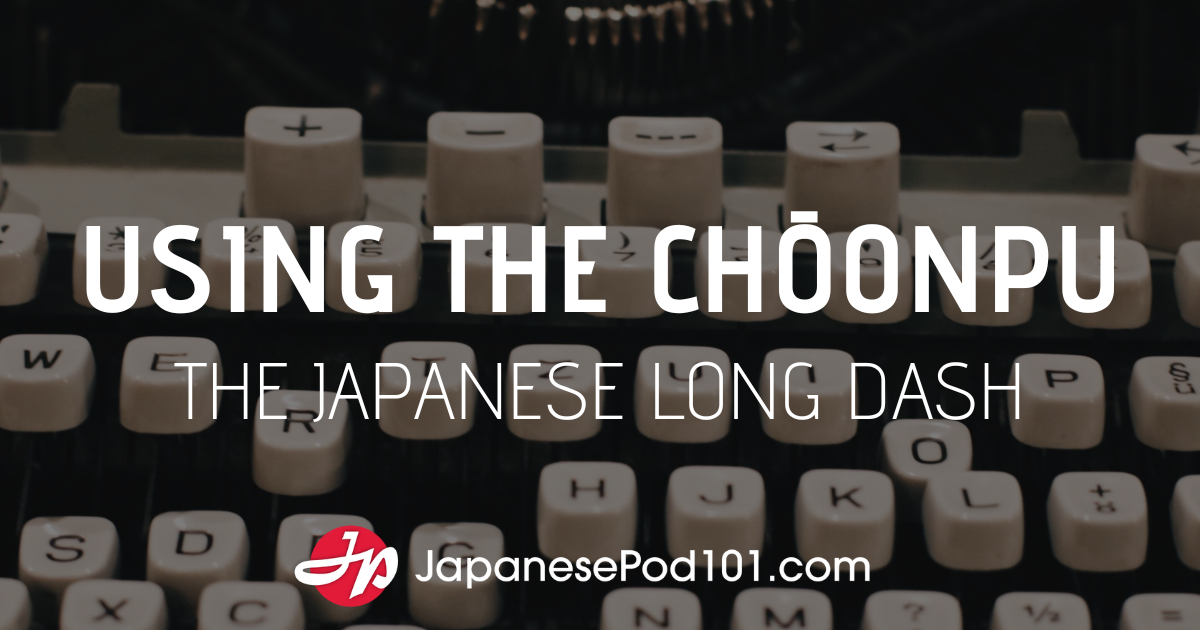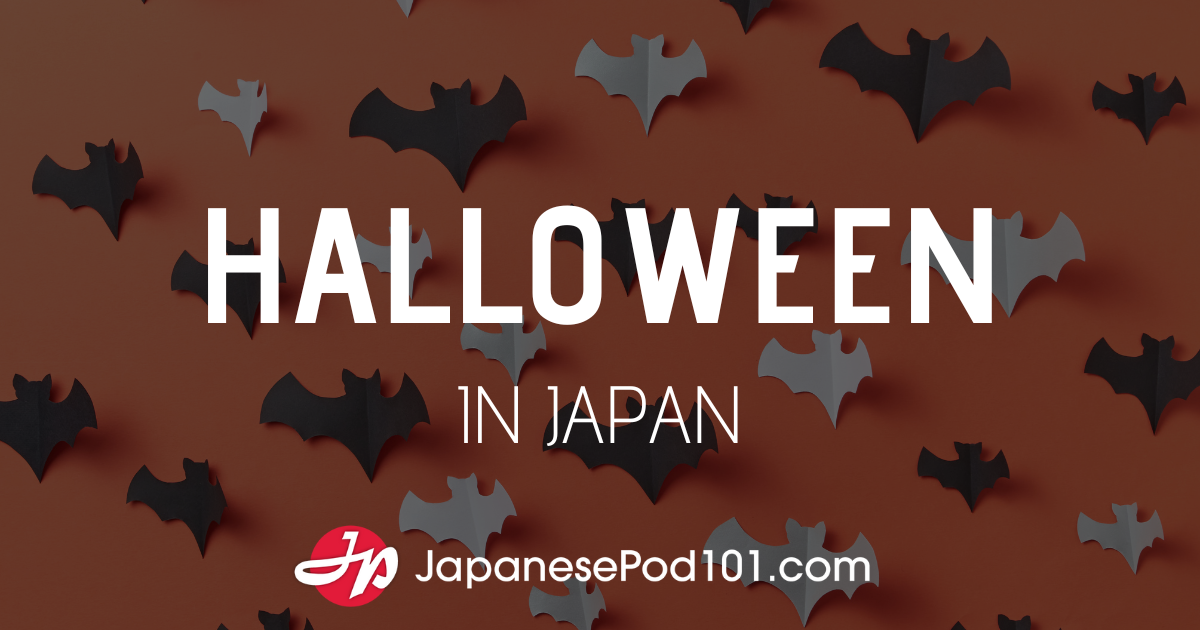July 3, 2009
Rough Around the Edges: Part 2
Quick Links
Welcome to Kanji Curiosity | The Basics | Glossary
It's officially summer! And on Alberto's haiku calendar, the July page celebrates the arrival of summer!
Here's the PDF where he explains the haiku a bit. Don't be fooled (as I was) into thinking that 来ぬ means "has not arrived." What we're seeing is an old, literary, present perfect form of the verb. In other words, summer has come!
I've celebrated the arrival of summer with a trip to Spain, where I've been for nearly a week. Hope you've also rung in the season in a happy way. If not, there's nothing like kanji to make you happy, so let's get to it!
If you saw this compound and its breakdown, what would you think arasuji meant?
粗筋... Show more
July 2, 2009
Advanced Japanese Lesson – こわい (Fright)
東京の旅館に北海道からの旅行客が泊まりました。部屋まで案内すると、客たちは口々に「あぁ、こわい」「こわい、こわい」と言うではありませんか。案内してきた仲居さんは驚いて、慌てて洗面所の鏡をのぞき込みました。しかし、そこに映っていたのは普段と変わらない自分の顔。
厨房に行って、同僚に「ねぇ、私の顔って怖い?」とたずねました。「え? 別に…。いつもと同じ顔よ」「さっき案内したお客さんが、私の顔を見て『こわい、こわい』って言ったのよ」。
その会話を聞いていた板前さんが、「どこから来たお客さんだい?」と尋ねます。「確か北海道からのお客さんだったわ」と仲居さん。「そりゃ、方言だよ。北海道では『怖い』というのは『疲れた』って意味だぜ」。
こうして仲居さんの謎は解けました。「こわい」という単語を「恐ろしい」という意味だけだと思っていたので、このような誤解が生じたのです。
北関東から北の地域では、「こわい」を「疲れた」という意味でも使います。さらに、西日本や中部地方では「食べ物が硬い」という意味での「こわい」の用法があります。ですから、「このご飯、こわいねぇ」という文章は、ご飯がおそいかかってくるわけではありませんのでご注意を!
=====
Fright :
Travelers from Hokkaido stayed in a Ryokan (Japanese style inn) in Tokyo. When shown to their room they were all saying "Ah, kowai," (Oh, how scary) and "Kowai, kowai" (Frightening, frightening.)
... Show more
June 29, 2009
Kanji Scrabble #11: Have Fun Learning with Kanji Scrabble: a Kanji Game Just for Twitter!
The Kanji for this week are as follows: (Remember, each compound must use the Kanji in the brackets .)
Kanji Scrabble #11 気、言、国、人、手、社、生、一、会、道 (Learn How to Play Here)
To start, all you need is a Twitter account and to follow our Twitter account @japanesepod101
(What’s Twitter you ask? Read our guide here.)
Answers:
Kanji
Kana
English
一本
いっぽん
(n) (1) one long cylindrical thing/(2) one version/(3) (a) certain book/(4) (a) blow/(5) an experienced geisha/(P)/
一本気
いっぽんぎ
(adj-na,n) (a) one-track mind/monotony/
一本道
いっぽんみち
(n) direct unforked road/straight path/
国本
こくほん
(n) foundation of the nation/
手本
てほん
(n) (1) copybook/(2) model/pattern/(P)/
本人
ほんにん
(n,adj-no) the person... Show more
June 28, 2009
Learn Japanese – The Summer Gift You’ve Been Waiting For …
If you’ve been thinking about how you’re going to make the most of this summer, we’ve got some great news for you.
You don’t have to travel the world to immerse yourself in Japanese culture. You can learn Japanese this summer at a teeny tiny fraction of what it would cost you to take a big trip.
Over the years, we at Innovative Language Learning have been working hard to develop the best Japanese language learning program available.
You can rely on our proven method. It’s been field tested over and over again. There are no weak points, no gaps and no traps. This program is FUN, FAST, and EASY and best of all …you won’t spend a lot of money!
In fact this your chance to get Premium level access to JapanesePod101.com for 25%... Show more
June 26, 2009
How to Treat People Badly: Part 1
Quick Links
Welcome to Kanji Curiosity | The Basics | Glossary
If someone planned to serve you the following, how would you respond?
粗煮 (arani: dish consisting of bony fish parts boiled in soy sauce) coarse + to boil
Blech! Not one part of that sounds good to me. Bony fish parts and hot soy sauce do the opposite of whetting my appetite.
I would have guessed that you'd make this dish only if the fridge were barren, save for a few bottled sauces and a moldy onion growing new parts. But it's entirely possible that 粗煮 is a delicacy! As it turns out, the answer isn't so clear-cut; see the link for more on that.
Native Takes on the Situation ...
From the following definitions of the first kanji, you... Show more
June 25, 2009
Learn Japanese on Twitter – mini lessons featuring Compound Verbs!
Thanks for following us on Twitter! We hope you have been enjoying the mini lessons we’ve been updating everyday. Our next theme will be Compound Verbs, or 複合動詞 (fukugō dōshi) in Japanese.
Over the next couple of weeks we will introduce you to a new Compound Verb everyday on Twitter.
So what are Compound Verbs, you ask?
Compounds verbs are verbs that are made up of two or more verbs (all of the ones we introduce will be made up of only two verbs). In Japanese, the first verb is in the masu stem form, which is the masu form of the verb with the masu part taken away. Let’s look at an example:
読む (yomu, “to read”) + 始める(hajimeru, “to start”)
The masu form of yomu is yomimasu, so when we take away the “masu” we get the masu stem:
読み... Show more
June 25, 2009
Advanced Japanese Lesson – 赤い色(The Color Red)
「隣の花は赤い」ということわざを知っていますか? これは、「他人のものは何でも素晴らしく見えて、羨ましく思うこと」です。同じ意味で「隣の芝は青い」ということわざもありますね。
さて、なぜ隣の家に咲いている花は「赤い」のでしょうか? 白や黄色の花だってあるのに、わざわざ「赤」という色を選んでことわざに用いているのには、何か理由があるのでしょうか。
「赤」という色は、日本人にとって「素晴らしい色」「めでたい色」なのです。ですから、結婚式などのお祝い事には赤と白が用いられます。祝賀の記念品として「紅白まんじゅう」が配られることもあります。大晦日の歌番組「紅白歌合戦」を知っている人もいることでしょう。
「紅白」の「紅(くれない)」は「鮮やかな赤色」を表わしています。これ以外にも赤い色を表わす漢字は「朱(しゅ)」(黄色を帯びた赤色)、「丹(に)」(茶色を帯びた赤色)、「緋(ひ)」(濃い赤色)があります。
ところで、あなたの国の子どもたちは太陽を絵に表わすとき、何色を使いますか? 日本の子どもたちはほぼ全員が赤色を用います。日本の国旗も、白地に赤い丸の「日の丸」ですね。このように、「赤」という色は日本では特別な色なのです。
=====
Have any of you ever heard the old saying "the flowers next door are red"? This means, "the things that others have always look better and make people envious." There's also the saying "the grass is always... Show more
June 22, 2009
Kanji Scrabble #10: Have Fun Learning with Kanji Scrabble: a Kanji Game Just for Twitter!
The Kanji for this week are as follows: (Remember, each compound must use the Kanji in the brackets .)
Kanji Scrabble #10 目、日、見、読、手、口、生、一、車、足 (Learn How to Play Here)
To start, all you need is a Twitter account and to follow our Twitter account @japanesepod101
(What’s Twitter you ask? Read our guide here.)
Answers:
Kanji
Kana
English
後
あと
(n,adj-no) (1) behind/rear/(2) after/later/(3) after one's death/(4) remainder/the rest/(5) descendant/successor/heir/(6) (arch) past/previous/(n-adv) (7) more (i.e. five more minutes)/(P)/
後口
あとくち
(n) (1) aftertaste/(2) later (in line or in turn, etc.)/
後後
あとあと
(n-adv,n-t) distant future/
後手
ごて
(n) (1) losing the initiative (in Go)/(2) rear guard/(3)... Show more
June 22, 2009
Learn Japanese – What’s the best way to write out kanji and kana? (Forum Spotlight)
Welcome to Forum Spotlight! Here we’ll be introducing interesting and useful posts made by members at our very own JapanesePod101.com Forum. This week's forum spotlight post is a question asked by debondtjan about the best way to write out kanji and kana that was answered by Belton.
=======
Question:
=======
"For writing the kana/kanji, what would you suggest: a thick pen or a normal pen to practice? The bigger, calligraphic versions of kana & kanji (where they use a thick pen) always look so much better and easier to the eye than the smaller ones.
One problem I currently see in my learning process, is that sometimes small hiragana (on screen) miss some pixels (that you clearly see on bigger hiragana) that aided me in... Show more
June 19, 2009
Rough Handling: Part 3
Quick Links
Welcome to Kanji Curiosity | The Basics | Glossary
I wonder if you know how to say the following things in Japanese:
He's free with his money.
She has a rough way of talking.
My boss is a slave driver.
No? How have you been getting by so far? Don't you need the third sentence, in particular?
Two More Terms You Can't Live Without ...
Even though these English sentences seem to have nothing in common, their Japanese translations share some useful vocabulary. All three feature the kanji we've been examining for the past two weeks:
荒 (KŌ, ara(i), ara-, a(reru), a(rasu), -a(rashi): rough, crude, natural, wild)
In fact, in every sentence, 荒 shows up in the following word:
荒い (arai: rough, rude,... Show more









